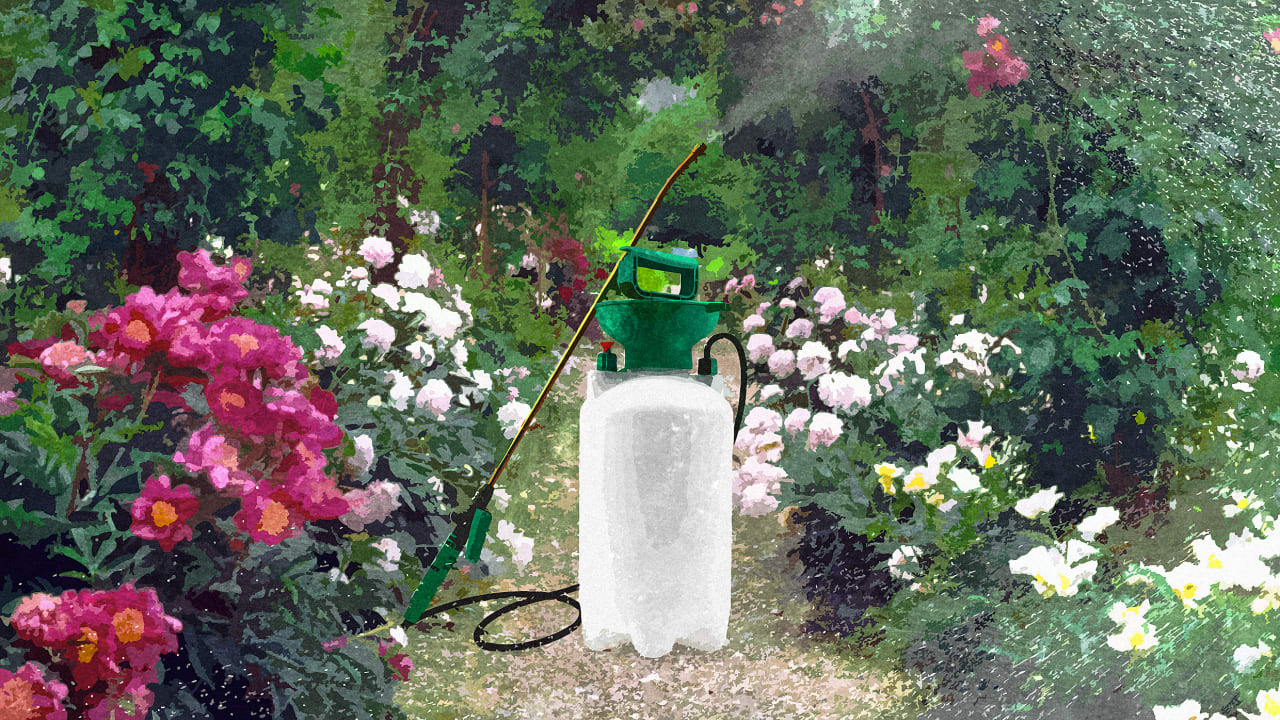Reweaving Service: The Art of Invisible Garment Restoration
In the realm of fine clothing, accidents and wear are inevitable. Whether it’s a moth hole in a cashmere sweater, a burn mark on a wool suit, or a tear in a cherished heirloom garment, damage to clothing can feel like a loss—both emotional and financial. Fortunately, a professional reweaving service offers a remarkable solution.

In the realm of fine clothing, accidents and wear are inevitable. Whether it’s a moth hole in a cashmere sweater, a burn mark on a wool suit, or a tear in a cherished heirloom garment, damage to clothing can feel like a loss—both emotional and financial. Fortunately, a professional reweaving service offers a remarkable solution. Through intricate, hand-executed techniques, reweaving restores damaged fabrics with precision, preserving the original look and integrity of the garment as though the flaw never existed.
Unlike standard alterations or patch repairs, reweaving is a highly skilled craft—one that not only revives damaged clothing but also extends its life while maintaining its aesthetic and structural quality. For those who own high-value, luxury, or sentimental garments, a reweaving service provides a true lifeline.
What Is Reweaving?
Reweaving is the process of repairing holes, tears, or burns in fabric by meticulously reconstructing the original weave or knit pattern using matching threads. The goal is to create a repair so seamless that it becomes virtually invisible to the naked eye. This technique is typically performed on high-end materials such as wool, cashmere, silk, and fine suiting fabrics, where conventional repairs would be visibly obvious and undesirable.
Reweaving is more than just a repair—it’s a revival of the garment's original weave structure. It preserves the integrity, elegance, and wearability of garments that might otherwise be deemed ruined.
Types of Reweaving Techniques
Different types of damage require different reweaving techniques. A skilled reweaving service will assess the garment’s fabric, the location and size of the damage, and the desired outcome to determine the appropriate method.
1. Invisible Reweaving
Also known as “French reweaving” or “invisible mending,” this technique involves harvesting individual threads from a hidden seam or hem of the garment and then hand-weaving them into the damaged area. The result is a repair that perfectly replicates the original weave pattern, making it nearly indistinguishable from the surrounding fabric.
This is the most advanced form of reweaving and is ideal for small holes, burns, or clean tears on fine garments like bespoke suits or cashmere coats.
2. Inweaving
Inweaving, sometimes referred to as “piece reweaving,” is used for larger or more irregular damage. A matching fabric swatch—either from extra fabric provided with the garment or sourced from an inconspicuous area like a facing or seam—is cut and inserted into the damaged area. It is then woven into the garment, aligning with the original pattern.
While slightly more visible than invisible reweaving, inweaving still provides a seamless, professional result suitable for noticeable damage in less delicate areas.
3. Knit Reweaving
For knitted garments, especially those made of wool or cashmere, a different technique is used. Holes and runs are reknit using matching yarn, following the garment’s original stitch pattern. This form of reweaving is particularly effective for sweaters, scarves, and knit dresses, where maintaining stretch and texture is critical.
What Types of Damage Can Be Fixed with Reweaving?
Reweaving is a versatile service capable of addressing a wide range of garment issues:
-
Moth holes: One of the most common problems, especially in natural fiber garments stored for long periods.
-
Tears and rips: Clean tears caused by accidents can often be invisibly rewoven if the fabric edges are intact.
-
Burn holes: Cigarette burns or accidental scorch marks that damage a localized area can often be successfully restructured.
-
Fabric thinning: In some cases, thinning fabrics due to age or friction can be reinforced and restored before a full hole appears.
Not all damage is suitable for reweaving—very large tears or damage in highly stressed areas (like knees or underarms) may require alternative repair methods. However, a skilled reweaving specialist will evaluate each case and recommend the most effective approach.
Why Choose a Professional Reweaving Service?
1. Preserve High-Value Garments
Luxury clothing and tailored garments are significant investments. Reweaving can save thousands of dollars in replacement costs by restoring suits, dresses, and coats to a wearable condition without any visible evidence of repair.
2. Maintain Aesthetic Integrity
Unlike standard patching or stitching, reweaving maintains the garment’s original look. The pattern, color, and texture are matched as closely as possible so that the repair blends into the fabric’s design.
3. Sustainability and Waste Reduction
In a world increasingly aware of fashion’s environmental impact, reweaving supports a circular approach to clothing. Instead of discarding and replacing, it encourages restoring and reusing—reducing textile waste and promoting longevity in fashion.
4. Emotional and Sentimental Value
Some garments hold deep personal significance—a wedding suit, a handmade gift, or a vintage piece passed down through generations. Reweaving offers the opportunity to preserve these memories without sacrificing the garment’s wearability.
Ideal Garments for Reweaving
Reweaving is most effective on garments made from fine or medium-weight fabrics with a visible weave or knit pattern. Examples include:
-
Wool suits and trousers
-
Cashmere coats and sweaters
-
Silk blouses or dresses
-
Blazers and sport jackets
-
Vintage garments with woven detailing
-
Knit accessories like scarves and gloves
Garments with extra fabric swatches, such as those that come with custom suits or coats, are even better candidates, as they provide ideal material for inweaving repairs.
The Reweaving Process
Each reweaving job is a meticulous process that requires time, patience, and craftsmanship:
-
Inspection and Consultation: The garment is thoroughly examined to assess the type of damage, the fabric composition, and the best repair technique.
-
Thread or Fabric Matching: Threads or fabric are harvested from a hidden seam or provided swatch to ensure a precise match.
-
Hand Reweaving: Skilled technicians reweave thread-by-thread or stitch-by-stitch using magnification tools, ensuring alignment with the garment’s original structure.
-
Finishing: Once the repair is complete, the garment is pressed and finished to restore its overall shape and appearance.
-
Final Inspection: The repaired area is reviewed for symmetry, strength, and visual consistency before being returned to the customer.
This detailed process can take hours or even days, depending on the complexity and the size of the repair.
Final Thoughts
A reweaving service is a testament to the enduring value of clothing and the timeless appeal of craftsmanship. It offers more than just repair—it offers restoration, sustainability, and care. Whether you’re looking to save a treasured piece from the past or preserve the elegance of a designer item, reweaving bridges the gap between damage and longevity with unmatched artistry.
In an age of mass production and throwaway fashion, reweaving is both a practical and philosophical choice. It tells the world that your clothes matter—that quality deserves to be preserved, and that what we wear should be treated with respect.
So, the next time you discover a hole, a tear, or a burn in your favorite garment, don’t give up on it. Turn to a professional reweaving service and let expert hands breathe new life into your wardrobe—one thread at a time.






























































































































![Are AI Chatbots Replacing Search Engines? AI vs Google [New Research]](https://www.orbitmedia.com/wp-content/uploads/2025/05/How-often-are-we-using-AI-chatbots_.webp)






































